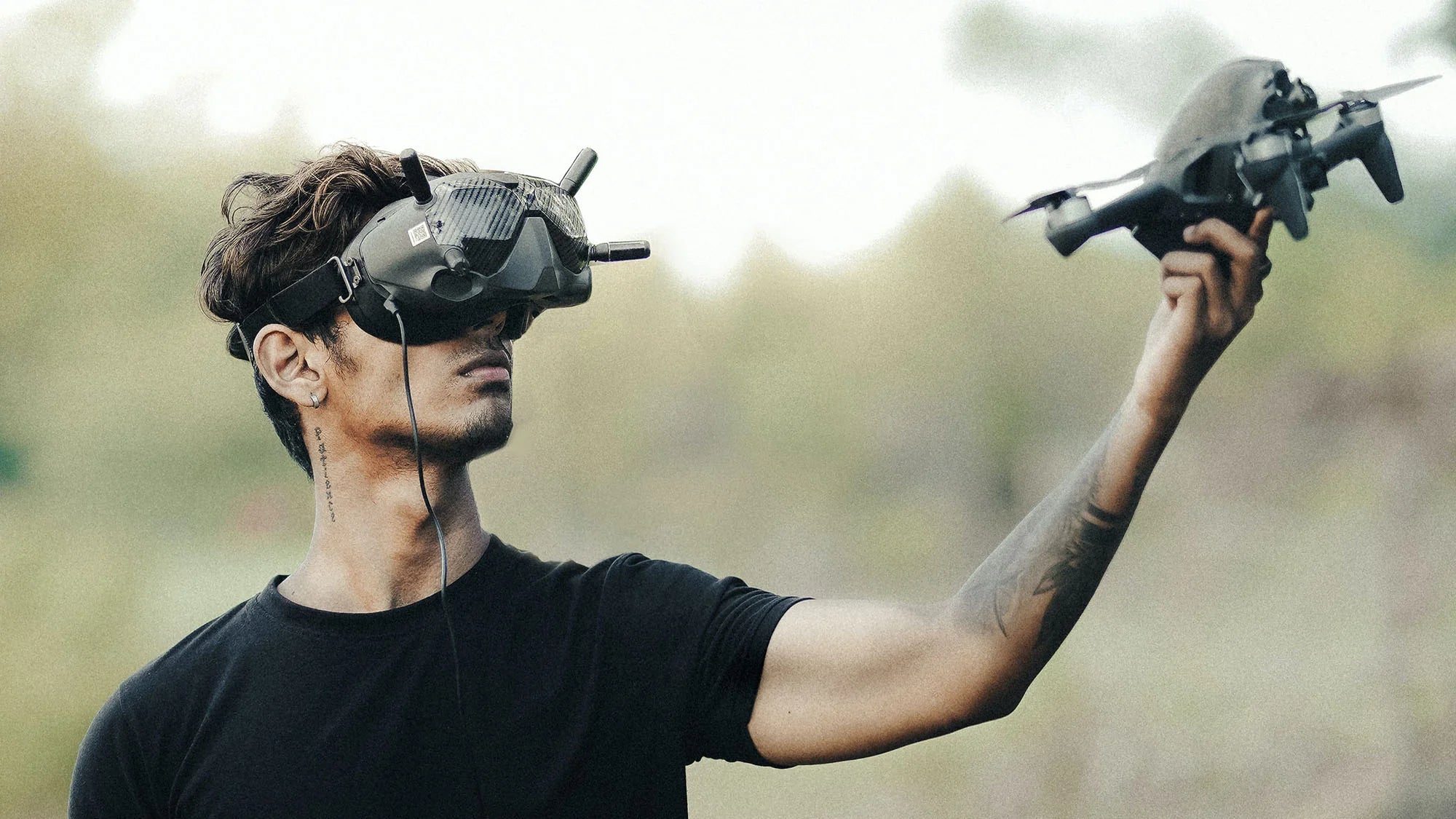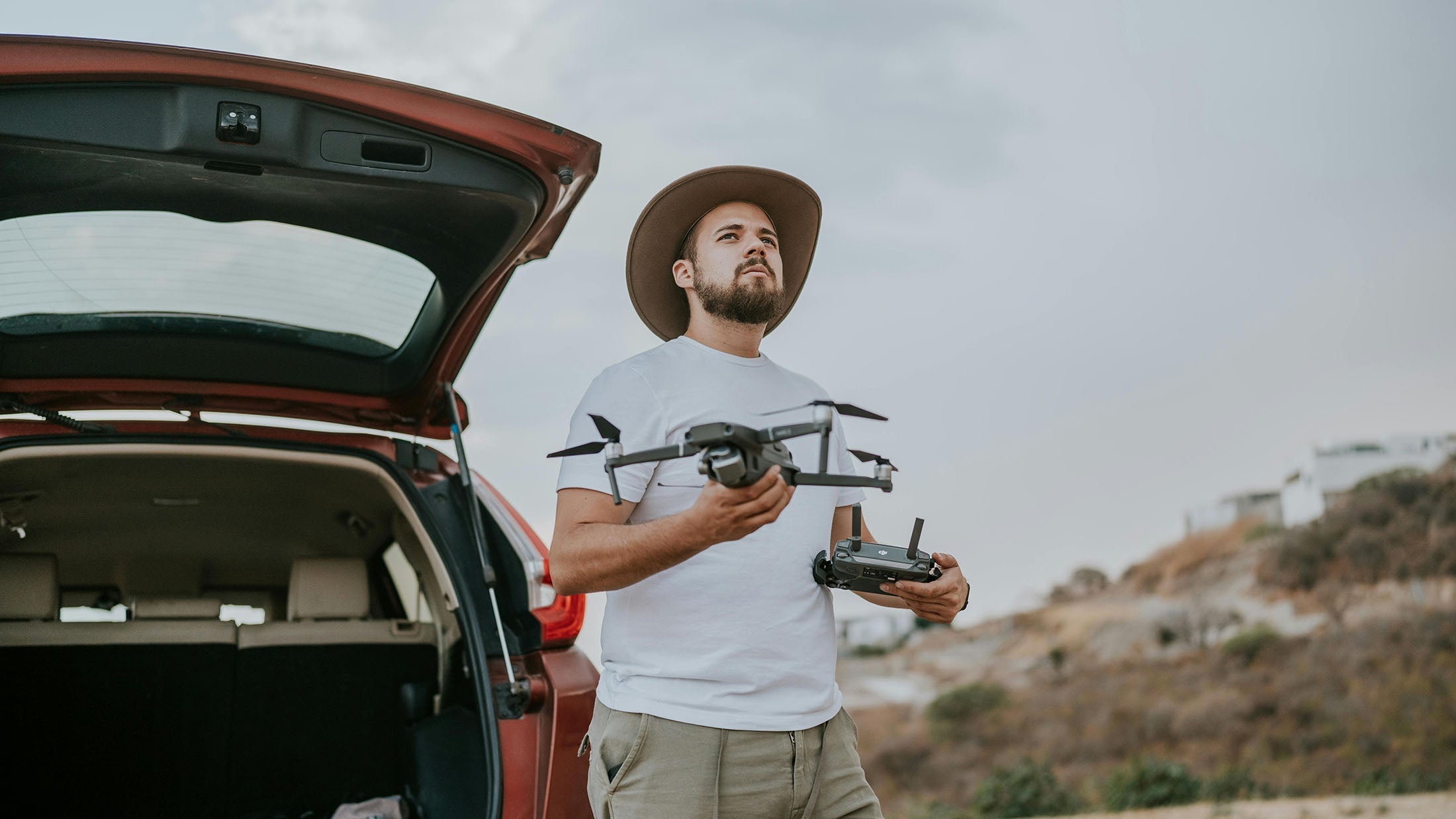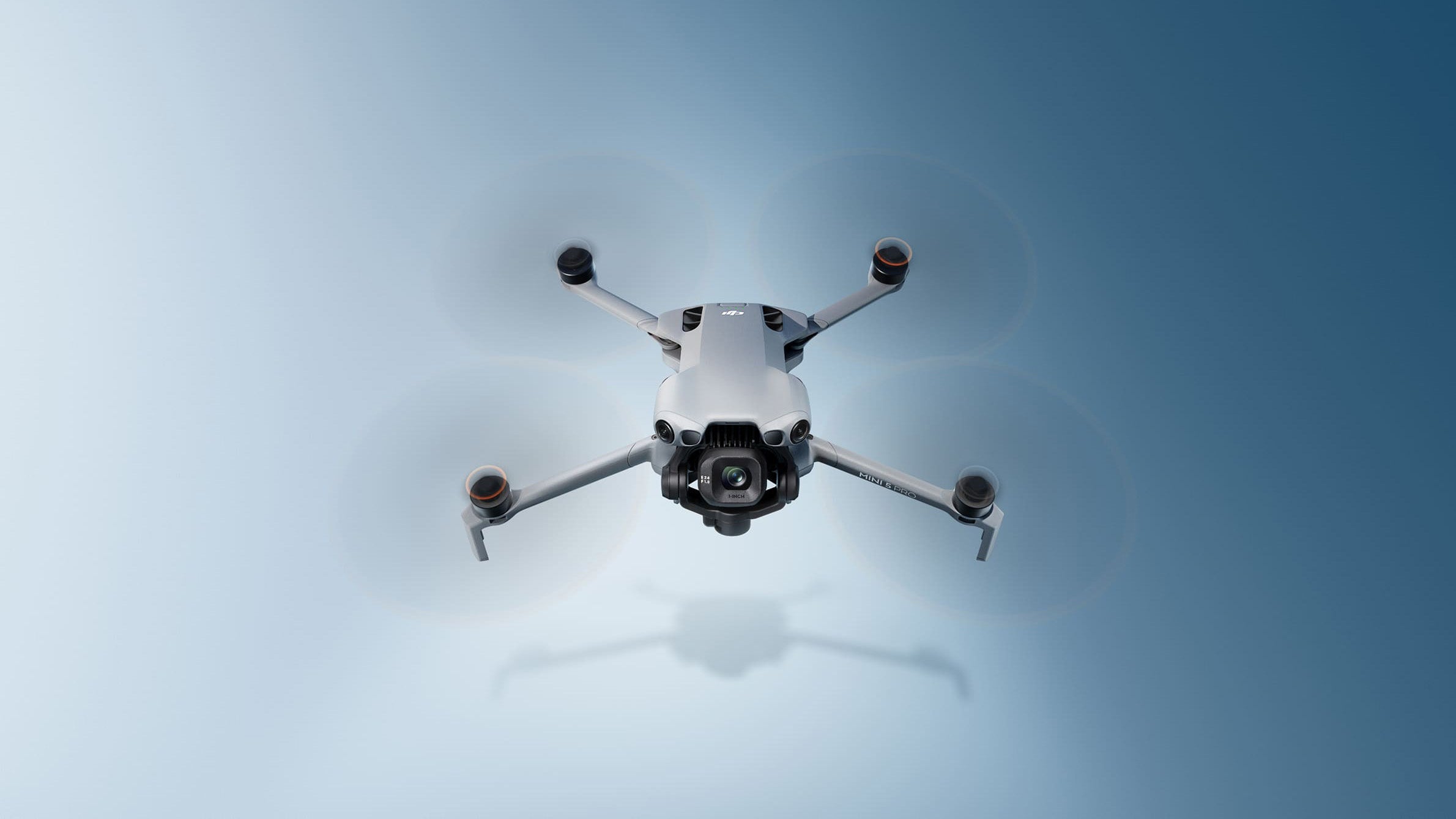Desde el 31 de diciembre de 2020, en toda la Unión Europea se aplican las mismas normas para volar drones. Estas normas nos han aportado mucho: la licencia de drones de la UE que permite volar legalmente en todos los países de la UE, Suiza, Noruega e Islandia.
A finales de 2023, diremos adiós a la legislación temporal de la UE. El "régimen transitorio" llegará a su fin. Esto tiene implicaciones para ti como piloto de drones.
Requisitos técnicos
Según la legislación de la UE, los drones (nuevos, producidos por fabricantes) deben cumplir unos requisitos técnicos, mediante una etiqueta Cx. Sin embargo, había un problema: estos requisitos no se habían establecido en absoluto cuando se introdujo la legislación de la UE en 2020.
No obstante, las etiquetas Cx ya se habían comunicado. La primera aeronave de DJI con dicha etiqueta apareció en 2022. Puede ver un ejemplo a continuación:

Gracias al régimen transitorio, podíamos seguir volando drones sin preocuparnos de si llevaban una etiqueta Cx. Mientras tanto, se han establecido los requisitos. También vemos cómo los fabricantes equipan las aeronaves (con carácter retroactivo o no) con dicha etiqueta obligatoria.
Seguir volando drones sin etiqueta Cx
Aunque el régimen transitorio llega a su fin, se puede seguir volando drones sin etiqueta Cx. La siguiente tabla muestra las normas a partir del 1 de enero de 2024.
| Drones sin etiqueta Cx | Hasta finales de 2023 | A partir del 1 de enero de 2024 |
| < 250 gramos | Subcategoría A1 | Subcategoría A1 |
| 250 - 500 gramos | Subcategoría A1 | Subcategoría A3 |
| 500 gramos - 2 kilos | Subcategoría A2 | Subcategoría A3 |
| 2 - 25 kilo | Subcategoría A3 | Subcategoría A3 |
Con drones de construcción propia, vuela a partir de 250 gramos en la subcategoría A3.
Volar con drones con etiqueta Cx
Gracias a las etiquetas Cx, se aclara más rápidamente dónde se vuela y qué se necesita en términos de certificados.
| Etiqueta Cx | Subcategoría | Certificado |
| C0 | A1 | A1-A3 recomendado |
| C1 | A1 | A1-A3 |
| C2 | A2 | A2 |
| C3 | A3 | A1-A3 |
| C4 | A3 | A1-A3 |
| C5 | Categoría específica | CTS |
| C6 | Categoría específica | CTS |
En el caso de la etiqueta C2, señalamos además lo siguiente: También puede volar una aeronave con etiqueta C2 en la subcategoría A3. Sin embargo, para volar una aeronave con etiqueta C2, siempre necesitará el certificado A2 adicional.
Requisito de identificación remota
A partir del 1 de enero de 2024, entrará en vigor un nuevo requisito: Identificación remota.
Esta obligación no se aplica a los drones heredados ni a las aeronaves con etiqueta C0. Con los drones heredados a partir de 250, se vuela en la subcategoría A3 (con una distancia mínima de 150 metros a zonas residenciales).
La identificación remota es un sistema que permite a los drones transmitir información de identificación y localización. Esta información puede ser recibida por el tráfico aéreo, las autoridades y cualquiera que disponga del equipo adecuado, por ejemplo, un receptor especializado.
¿Su aeronave no tiene etiqueta Cx en la categoría abierta?
Puede seguir volando sin Remote ID.
¿Tiene su aeronave una etiqueta Cx?
Las aeronaves con una etiqueta C1 a C6 cumplen el requisito de identificación remota por defecto. Las aeronaves con etiqueta C0 están excluidas de este requisito.
¿Su avión no tripulado no tiene una etiqueta Cx en la categoría específica?
El aparato debe cumplir el requisito de ID Remota. Deberá adquirir un módulo de ID Remota o hacer que la aeronave se actualice a una etiqueta Cx a través del fabricante. Si vuela en (futuro) U-Space, el requisito de ID Remota se aplica a partir de 250 gramos.





Compartir:
Ganador del concurso de fotografía
Los drones mandarán en 2024